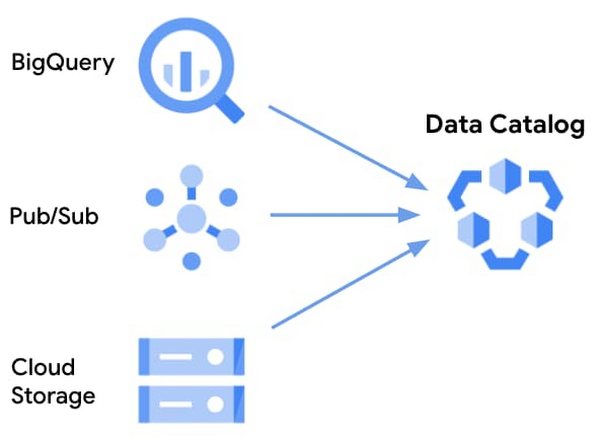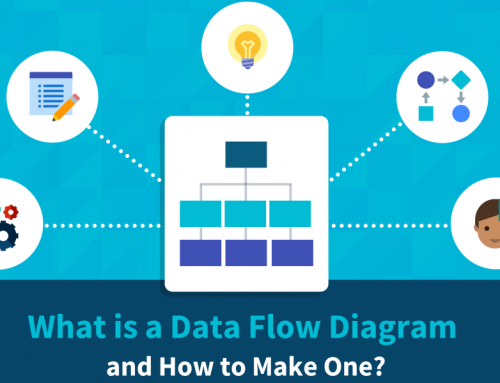What’s Data Catalog? | Why Do You Need Data Catalog?
What’s data catalog? Why do I need data catalog? What are the features and benefits of it? If you want to find the answers to these questions above, then you’ve come to the right place. In this post, we’ll take a close look at data catalog to let you have a better understanding of it.

Data Catalog
What’s data catalog?
In short, a data catalog is an organized list of data assets in an organization. It employs metadata to help organizations manage their data. Additionally, it helps data professionals collect, organize, access, and enrich metadata so as to support data discovery and governance.
Why Do You Need Data Catalog?
With more data than ever, finding the right data is more difficult than ever. At the same time, there are more rules and regulations than ever – GDPR is just one of them. Therefore, not only data access is a challenge, but also data governance. It is highly important to understand the type of data you now have, who is moving it, what it is used for, and how you need to secure it. However, you must also avoid placing too many layers and wrappers around the data, because if the data is too difficult to use, it is useless.
What are the features and benefits of data catalog?
Over the past few years, the concept of data directories has become popular due to the increasing amount of data that must now be managed and accessed. The cloud, big data analytics, artificial intelligence and machine learning have begun to transform the way we see, manage and use data — not just manage it, but be able to make the most of it and access it.
Using a data catalog in the right way has the following benefits:
- save costs
- operational efficiency improvement
- more competitive advantage
- better customer experience
- fraud and risk advantage
What does it take to get the most out of the data in the data catalog?
So let’s take a step back and quickly explain metadata to those who may not be completely familiar with it. What is metadata? There are three types of metadata:
- Technical metadata: It refers to schemas, tables, columns, file names, report names — anything recorded in the source system.
- Business metadata: This is usually the user’s business knowledge of the assets in the organization. This may include business descriptions, reviews, annotations, classifications, suitability, ratings, etc.
- Operational metadata: When will this object be refreshed? Which ETL job created it? How many times is a table accessed by the user – which one?
Over the past few years, we’ve seen a small revolution in how this valuable metadata is used. Once upon a time, metadata was primarily used only for auditing, lineage, and reporting. But nowadays, technological innovations such as serverless processing, graphical databases, and especially new or more accessible artificial intelligence and machine learning technologies are pushing boundaries and making things possible through metadata that were previously impossible on a scale.
Today, metadata can be used to enhance data management. From self-service data preparation to access control based on roles and data content, automatic data entry, anomaly monitoring and alarm, automatic allocation and scaling of resources, etc. All of these can now be enhanced with the help of metadata. And the data catalog uses metadata to help you manage more data than ever before.
What should a good data catalog provide?
- Search and discovery. A good data catalog should have flexible search and filtering options so as to allow users to quickly find relevant datasets for data science, analysis, or data engineering, as well as allow users to browse metadata based on a technical hierarchy of data assets. In addition, a good data catalog should allow users to enter technical information, user-defined tags, or business terms, and also improve search capabilities.
- Get metadata from a variety of sources. A good data catalog can capture technical metadata from a variety of connected data assets, including object stores, autonomous driving databases, local systems, and so on.
- Metadata curation. A good data catalog should provide a means for subject matter experts to provide business knowledge in the form of enterprise business glossaries, labels, associations, user-defined annotations, categories, ratings, and so on.
- Automation and data intelligence. Artificial intelligence and machine learning are often required at the data scale we mentioned. Any and all human tasks that can be automated should be automated through machine learning techniques of artificial intelligence and collected metadata. In addition, AI and machine learning can start to really empower data, such as providing data recommendations to users of data catalogs and other services in modern data platforms.
- Enterprise-level capabilities. Your data is important, and you need enterprise-level functionality to use it properly, such as identity and access management, as well as key functionality through REST APIs. This also means that customers and partners can contribute metadata (such as custom harvesters) and expose data catalog functionality in their own applications through REST.
- In addition, a good data catalog should become a de-facto system catalog, offering abstractions across all persistence layers, such as object storage, Hadoop, databases, data warehouses, and query services that work across all data stores.
Conclusion
Thank you for reading our article and we hope it can help you to have a better understanding of what’s data catalog. If you want to know more about data catalog and its features and benefits, we would like to advise you to visit Gudu SQLFlow for more information. Thanks again! (Published by Ryan on Apr 20, 2022)
One Comment
Leave A Comment
If you enjoy reading this, then, please explore our other articles below:




[…] ingestion, the data catalog will reconcile lineage and accessibility. While this approach is effective in managing data […]